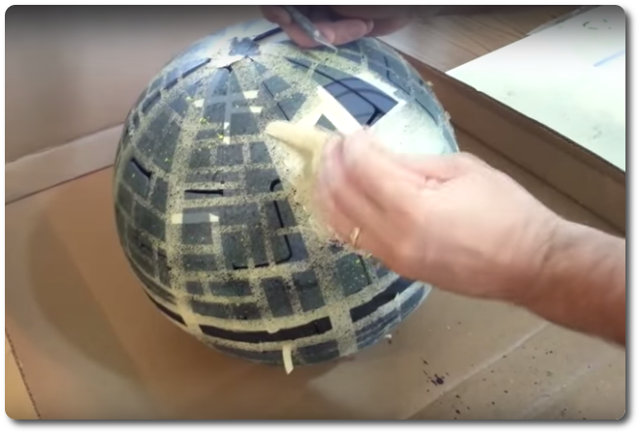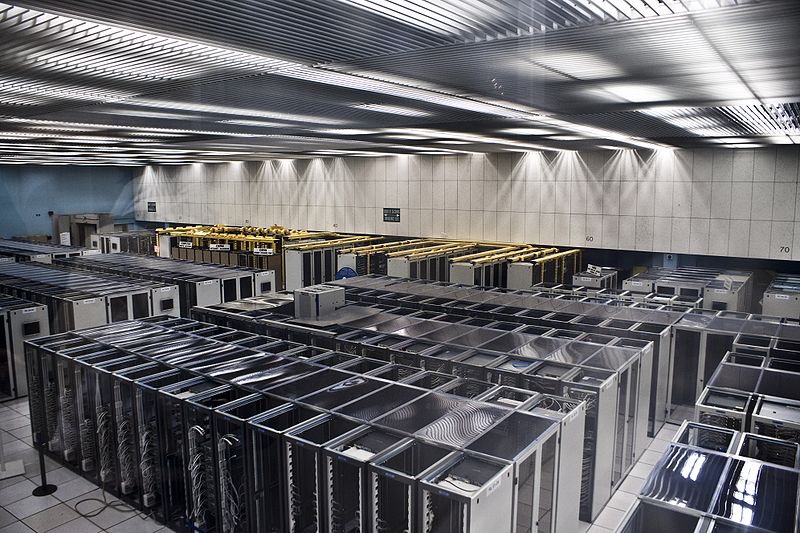Sensation on the Moon: NASA has found on the earth satellite “significant quantities” of frozen water. Directed crash of an old stage and a rocket spacecraft made the discovery possible. “We’re totally thrilled,” exults the head of the research project.
The moon is obviously not yet bone-dry desert – but does have water, albeit in frozen form. As the U.S. space agency NASA announced on Friday, is the “LCROSS” mission to become a complete success. The probe was launched in early October specifically with an old rocket stage on the moon to crash. The crash had a double to ten mile-high cloud of dust and debris kicked up. Analysis of the fountain, first prepared a number of difficulties – but now, according to NASA, the results suggest that, on the moon “significant quantities” of water ice there.
“LCROSS had” an old, first, let two-ton Centaur rocket stage with about 9000 miles per hour in the Cabeus crater near the lunar south pole crash. No sunlight penetrates to the bottom of the crater before – so researchers had assumed that frozen water may have collected there. The 79 million U.S. dollars expensive “LCROSS (Lunar Crater Observation and Sensing Satellite) data radioed the” Centaur “crash to the ground before he crashed into the crater.
Spectrometer data revealed water
The scientists focused on the investigation of the cloud on spectrometer data. They reveal the basis of the light spectrum of materials that are composed like this. The spectrometer data were confirmed by an emission in the ultraviolet range. It had it been a question of hydroxyl, which is formed when water is split by sunlight.
The Water Fund to open “a new chapter in our understanding of the moon,” it said in a statement of NASA. “We are thrilled,” gushed Anthony Colaprete, research director of the LCROSS “project. There were many indications that both in the high cloud of dust and debris in the water was present.
Only in September, three teams of researchers had independently come to the conclusion that coats a wafer-thin layer of water molecules at the moon. The discovery in Cabeus crater, however, is something entirely different: it refers not to individual molecules, but larger amounts of water. To what exactly, but not told NASA. “The concentration and distribution of water must be examined more closely,” admitted Colaprete. “But we can certainly say that there are craters in Cabeus-water.”
Moon Water is likely to be for future manned missions to the Erdbegleiter very important – it could be broken down into its chemical components, hydrogen and oxygen are converted to air and rocket fuel. Together with the water and amazing traces of other substances had been found. “The permanently shadowed regions of the moon’s real cold traps,” said Colaprete. “In them, collects and retains material over billions of years.”
Ich schreibe auf Viral-Total als freiberuflicher Journalist und passionierter Kaffeetrinker. Ich interessiere mich für Technik und das Internet. Auch ein paar Bücher habe ich schon veröffentlicht, besuchen Sie doch mal meine Autorenseite auf Amazon. Wenn Sie ein Themenvorschlag für mich und diesen Blog haben, schreiben Sie mir einfach per E-Mail an.



